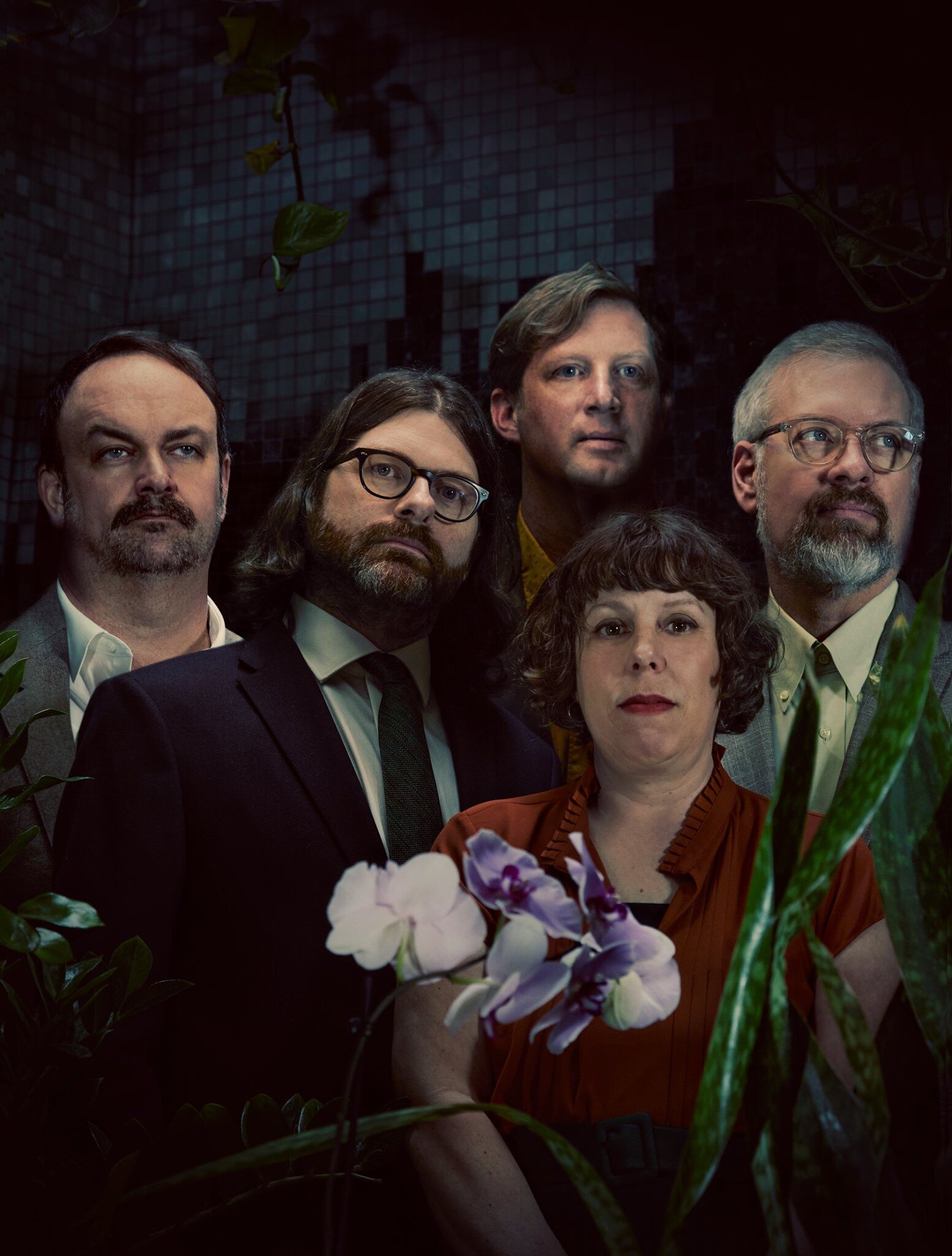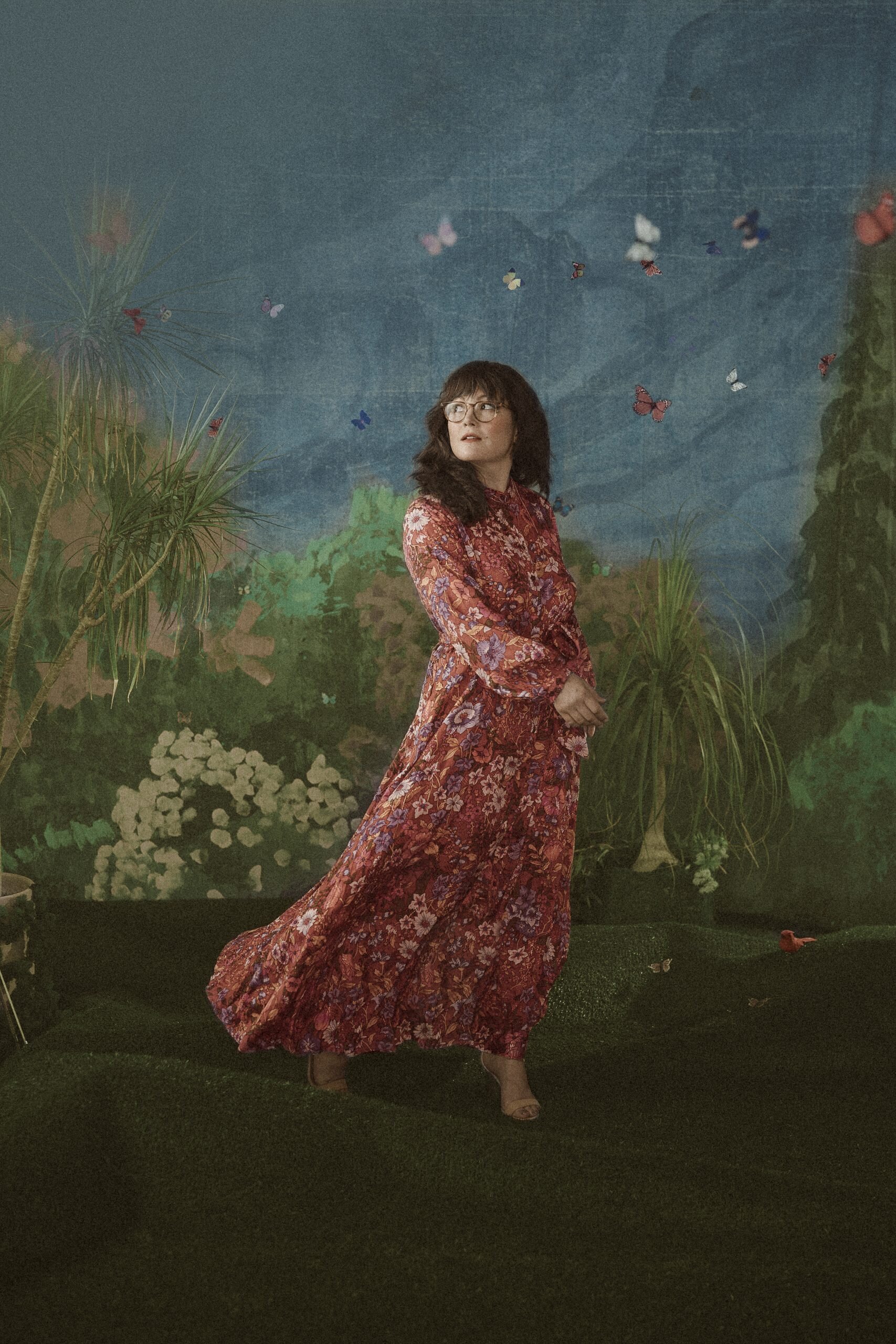1) The music of The Decemberists / A dear friend and I have spent the pandemic deep-diving into artist catalogs, then swimming to the surface with our rankings. This time around, we’re on The Decemberists and I can’t say enough about what this band has meant to me. On paper, a group whose lyrics often tell hyper-specific, literary tales of murder, deceit and treachery shouldn’t move the needle for me; but the band’s remarkable, textured sound and Colin Meloy’s capacity for inhabiting each character, selling each word he’s singing, works every single time.
2) David Ramirez, “Backslider” / A few Twitter friends hipped me to the latest from this remarkable singer-songwriter. The experience was sold as a “sad hymns record,” and I was immediately in. Ramirez brings his typically winning melancholy to these old standards, recording them with substance yet leaving space for the Spirit to move—or for you to feel its absence.
3) Sara Watkins, “… On Passing Music Person-to-Person” for No Depression / With Nickel Creek and as a solo act, Watkins’ songs have soundtracked so much of my life. Here she pens a thoughtful essay about what it means to pass music from one soul to the next—and hints at how much we’re missing in these distanced days. She writes in one moment of what she gleaned as a young player, watching other musicians on the traveling string-band circuit:
“At one point, the legendary Claude Williams stepped up and leaned on a single note for his whole solo. He dragged his bow across the strings in such a way — maybe he wiggled that note around a little — but never changed the note, as if to say, it’s not what you play, it’s how you play it. His solo was the deepest thing I heard that night, and the only solo I remember.”
4) Bridget Rivera, “Heavy Burdens” / I received the chance to access the intro to Rivera’s forthcoming book, and was wowed by its humane, incisive call for the American church to examine its relationship to its LGBTQ brothers and sisters. Springing from the text in Matthew 23 (“They tie up heavy burdens, hard to bear, and lay them on people’s shoulders, but they themselves are not willing to move them with their finger.”), Rivera calls privileged Christians (often the straight and cis-gender) to see what impossible weights they place on others’ backs.
Just these few pages taught me important terms such as heterosexism, and I was deeply moved by Rivera’s words about the character of Christ (and its implications for those who call themselves his followers):
The people of God represent the hands and feet of Christ to a broken world, bringing his healing touch to you and to me and to every person that we meet. As the body of Christ, we incarnate the goodness of the Gospel. We represent a life-giving savior who doesn’t rest with ninety-nine sheep out of a hundred. He goes out, and he searches, and he rescues, saving even the smallest and most insignificant member of his flock. He isn’t happy with saving “most” of the flock. He works until every last one of his sheep experiences the love and care and mercy of his fold (Matt. 18:10-14). The heart of Jesus breaks with every broken heart, and he mourns the mistreatment of every vulnerable soul. A day will come when he will look upon each of us, and he won’t ask us about our ninety-nine friends. He’ll ask us about the one, and he’ll want to know how we treated the one.
5) K.B. Hoyle, “Thinking Christianly about Telling Stories” for Christ and Pop Culture / My friend, the author K.B. Hoyle continues to do the necessary, vital work of asking makers and appreciators to ask more of the stories we tell and receive. Here she wrestles down the question of what makes a story Christian.
The entire essay is a must-read for those who entertain such questions (or don’t know they should). In one key moment, she exposes the weakness of a particularly popular conversation surrounding whether or not content makes a work “Christian”:
“And so the only way to have a discussion about what makes a story Christian or not is to talk about content, and that couldn’t be farther from the, well, the truth.
It’s the same lie as telling people that once they become Christians, they won’t sin anymore.”
Later, she writes:
Stories aren’t “Christian” or “not Christian.” They either tell the truth or they don’t. As a storyteller and as a reader, viewer, and listener, I am not interested in lies. When we tell the truth as a story, we invite people to love the truth and to identify the truth in real life, as well.
If all truth is God’s truth, when we tell the truth, we are pleasing the heart of God. When we make things that are beautiful, we resonate with creation. And then what we make can be called good. We can do these things in all industries, whether constructing a building or writing a novel. What’s unique to the liberal arts, though, is that they lead people into a contemplation of all the big things about life. And in the stories we tell when we portray pain, brokenness, grief, happiness, joy, love, and so on. we should be explicit or implicit on a scale appropriate to our audience in such a way that does no harm to the image of God in people or his glory in the world.



